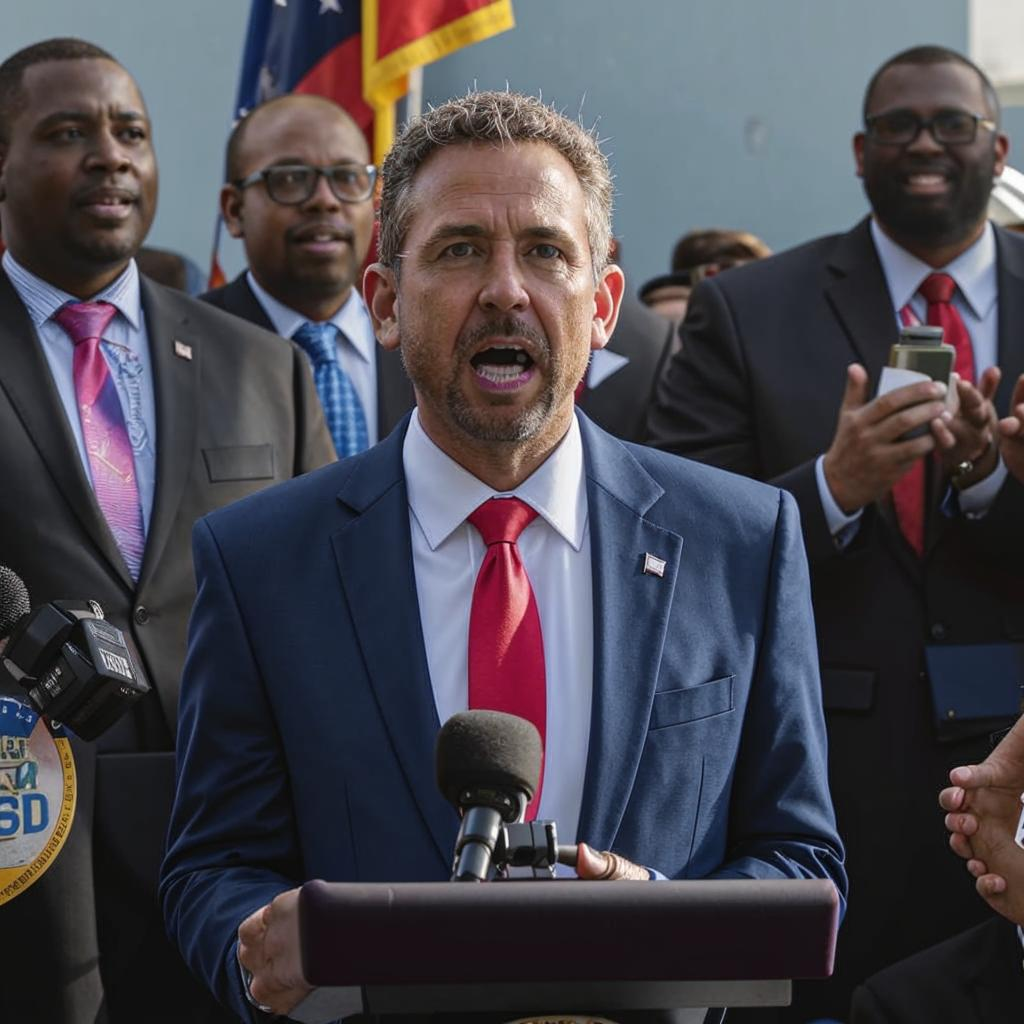On March 27th, President Trump signed the Coronavirus Aid, Relief, and Economic Security (CARES) Act into law, a massive $2 trillion package designed to alleviate the economic devastation caused by the burgeoning COVID-19 pandemic. The signing ceremony, broadcast live, marked a pivotal moment in the government’s response to the escalating crisis.
The CARES Act provided a broad range of financial assistance to individuals, businesses, and state and local governments. Key components included direct payments to individuals, expanded unemployment benefits, loans and grants to small businesses, and support for hospitals and healthcare providers. The goal was to cushion the economic blow from widespread business closures, job losses, and disruptions to daily life.
For individuals, the act provided one-time payments of up to $1,200 per adult and $500 per child. It also significantly expanded unemployment insurance, extending benefits to self-employed workers and gig economy participants, and adding an extra $600 per week to regular state benefits.
Small businesses were offered forgivable loans through the Paycheck Protection Program (PPP), intended to help them keep employees on payroll during the crisis. Large corporations also received access to loans, albeit with stricter terms and conditions.
Hospitals and healthcare providers received billions of dollars in funding to support their efforts to combat the virus, purchase personal protective equipment (PPE), and expand testing capacity. State and local governments received aid to help them manage the increased costs associated with the pandemic response.
While the CARES Act was widely praised for its scope and speed, it also faced criticism. Some argued that it did not go far enough to address the needs of the most vulnerable populations, while others raised concerns about the potential for fraud and abuse. Nevertheless, the CARES Act represented a historic effort to mitigate the economic fallout from the COVID-19 pandemic and provide a lifeline to millions of Americans. The long-term effects of the Act continue to be debated and analyzed.















